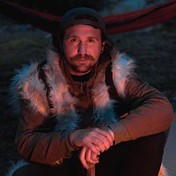
By Alex Pflaum
Travel Photographer12 Aug 2019 - 5 Minute Read
Nestled in the center of the Pamir Mountains of Tajikistan, more than 12,000ft (3,700m) above sea level, there is a small plateau with 45 houses lining a road that comes to a rather abrupt end. These houses, home to 306 people, are in the village of Bulunkul, more affectionately known as Central Asia’s coldest town, a place where temperatures as low as -81°F (-63°C) have been recorded.
In Bulunkul there is one school, one shop, and one medical station for emergencies. And although there are 45 homes, there is really just one family.
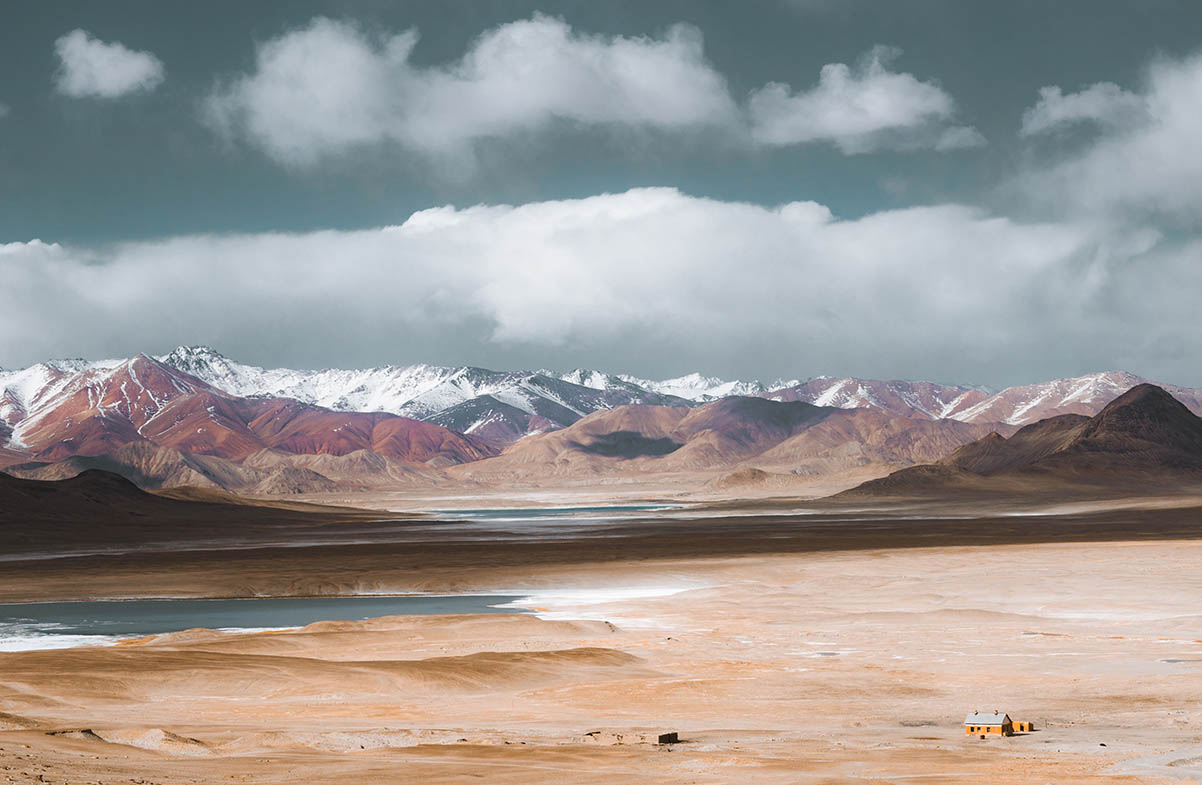
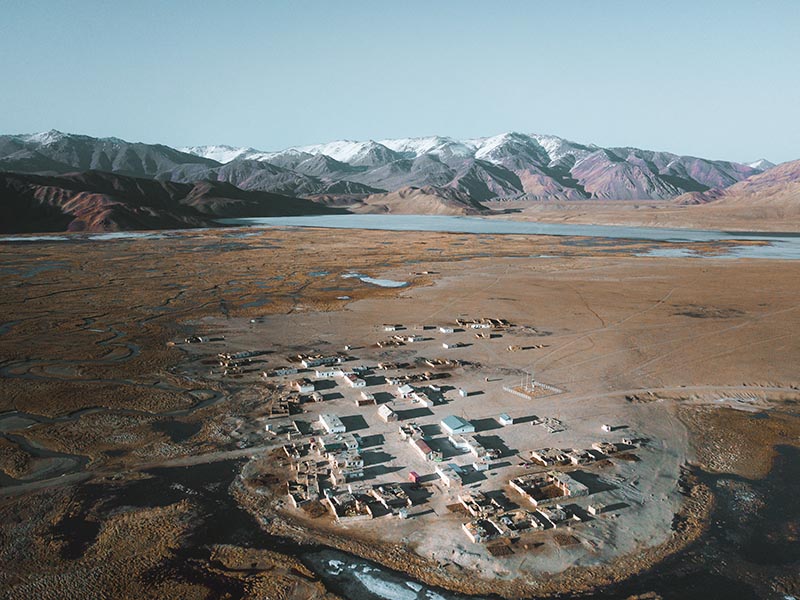
With the exception of some well-aged car batteries, Bulunkul has virtually no signs of electricity, and no running water. In fact, save for the few relics of a not-so-distant Soviet occupation, time seems to have passed by this particular section of the Pamir Mountains altogether.
In the absence of time, the people of Bulunkul have instead come to master the many uses of the yak. They drink its milk, eat its butter, they are warmed by its frozen dung in the fire (which is the only available fuel). They eventually eat its meat and undoubtedly survive by the incredible warming properties of its wool. To them, the yak is a way of life – the only way of life.
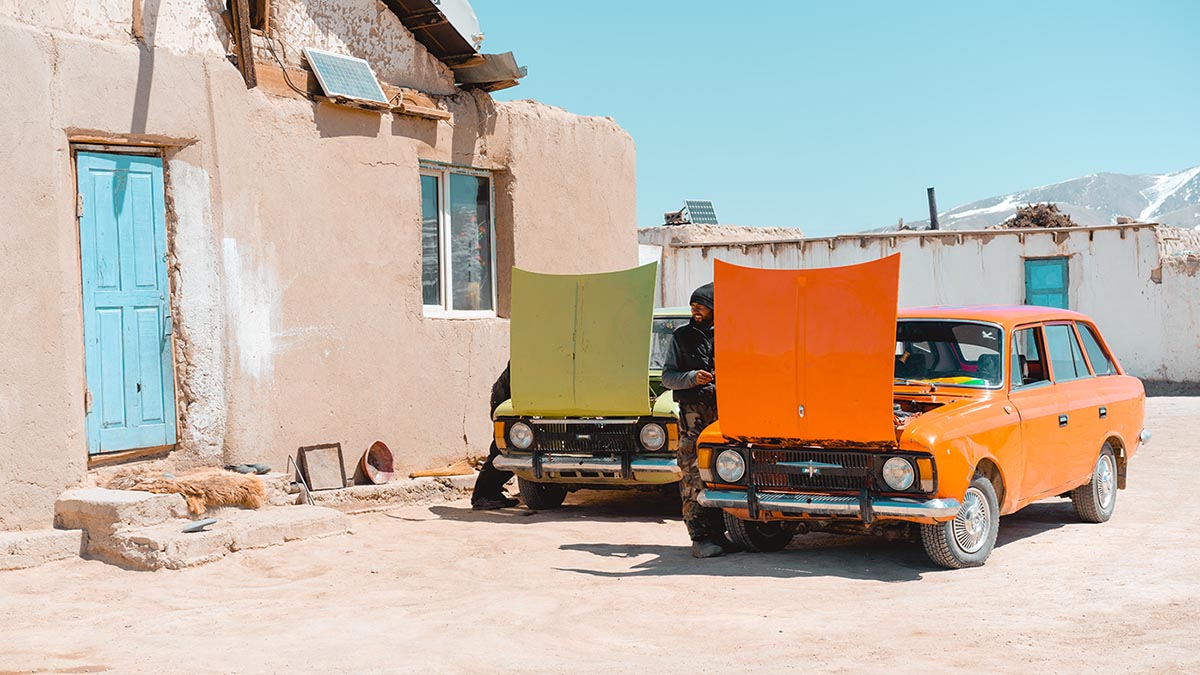
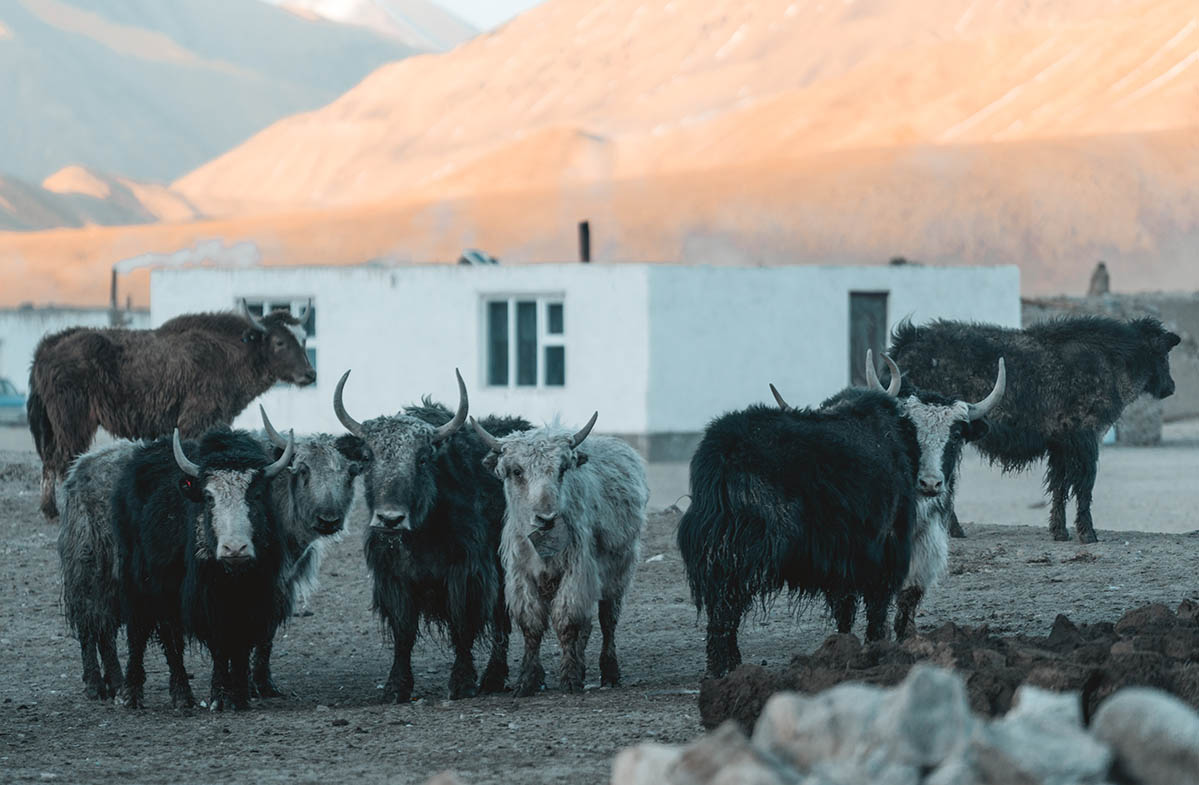
A 10mi (16km) detour from the Pamir Highway, many travelers skip the village of Bulunkul entirely. Our curiosity figured it to be worth the detour. Initially, the plan was to spend an afternoon enjoying the sunset before pressing on further east to Murghab, the small capital of the region. But once we arrived, this strange village and its inhabitants had me gripped – I immediately knew that we would need more time. I was fascinated with the vibrancy of life found so far away from any other. Eager to connect, I faced what seemed to be an insurmountable issue, a total lack of any form of communication. No common link.
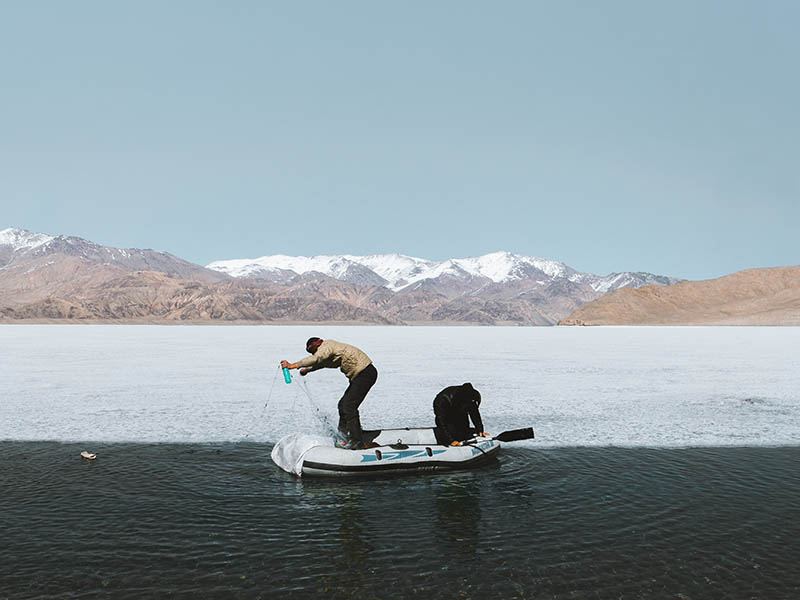


On the afternoon of our second day, we were sitting in a circle with our host family, sipping yak’s milk tea while attempting to converse through gestures. We were searching for a common thread. After some time, I decided to bring out my Polaroid camera to take a photograph of the youngest daughter of the family. Hiding the developing picture in my hands, I kept blowing on the Polaroid, occasionally letting her peek at what was going on. To the young girl, it was absolutely magic.
Finally, I passed the image to her, and instantly, she rushed around the corner returning 15 seconds later with two of her friends. Frantically, she pointed from the picture to me, back to the picture, and back again to me.
A few minutes later, I found an eagerly excited but well-mannered queue forming around us. Over the next 48 hours, I took 120 photographs for the 306 people of Bulunkul.
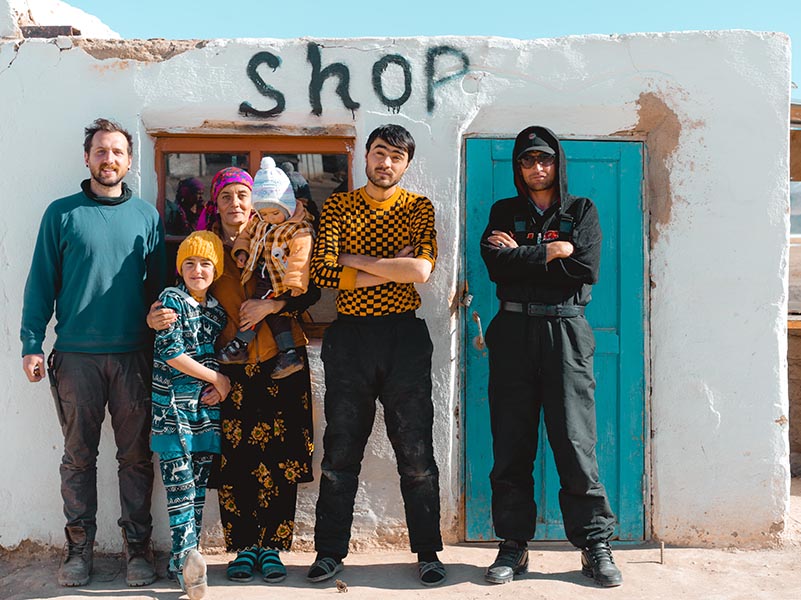
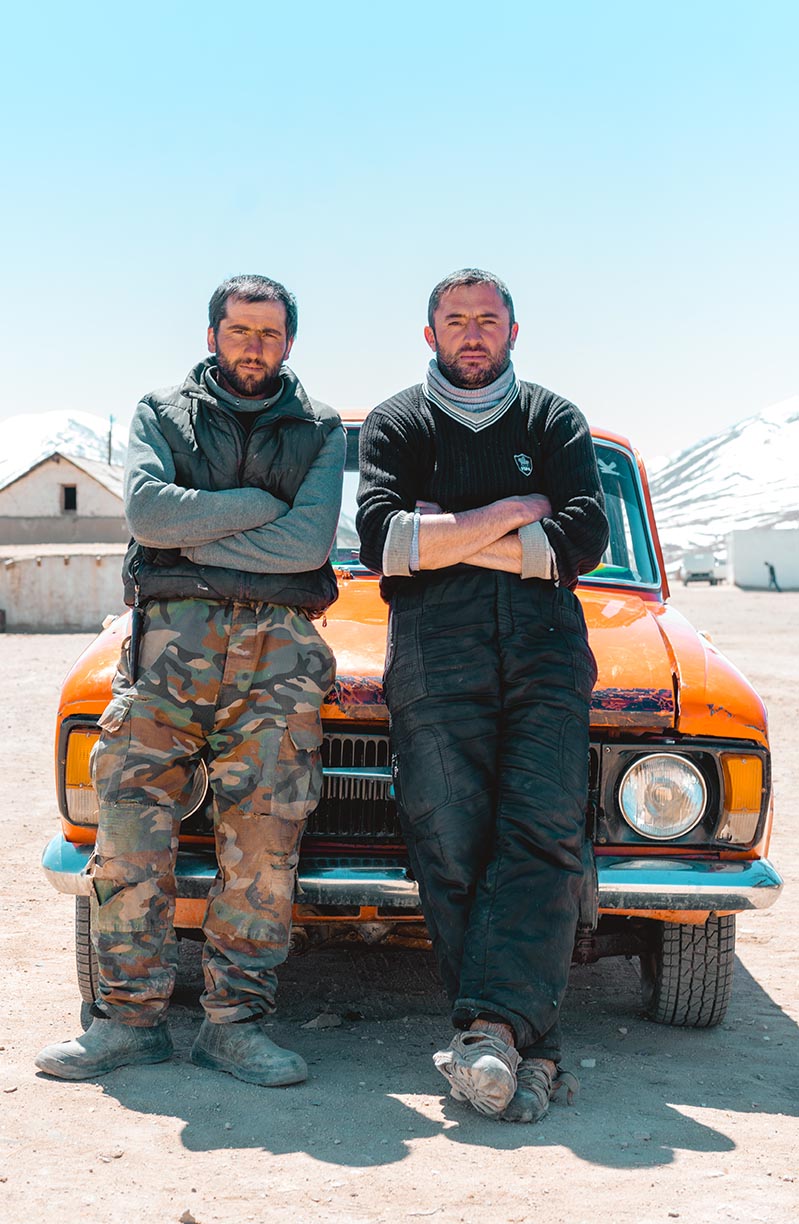

Standing in what could conceivably be called the "town center", families were gathering quickly. First, it was mostly younger children that got involved. I would take a picture of one of them, and they would immediately run to grab their best friend. Their smiles were infectious, and their excitement spread like wildfire. But, before long, their parents and the other adults started getting involved as well. While their smiles were rarely as large on the camera, once the picture was in their hands, they often acted just as giddy as their kids. A few of them told me that this was the first photo they had ever seen of themselves. As a photographer, that might just be the most impactful thing someone can tell you.
Discover similar stories in
connection
Travel Photographer
Alex is a freelance photojournalist, videographer, and published author with a penchant for Central Asia and the historic Silk Road.



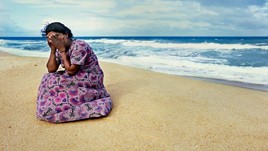
No Comments